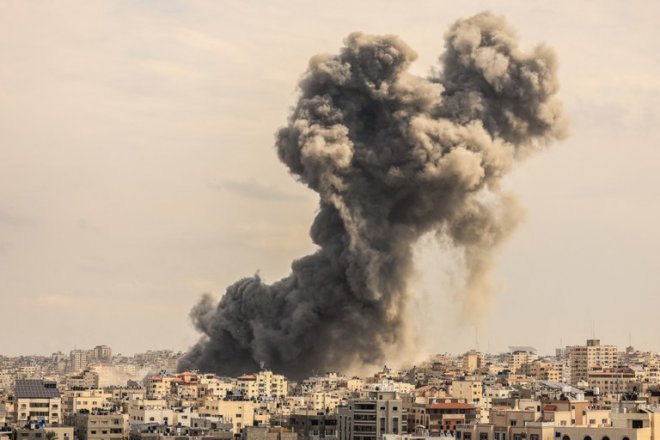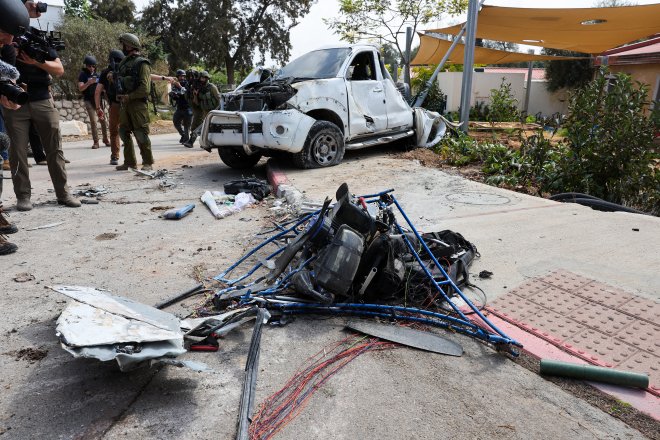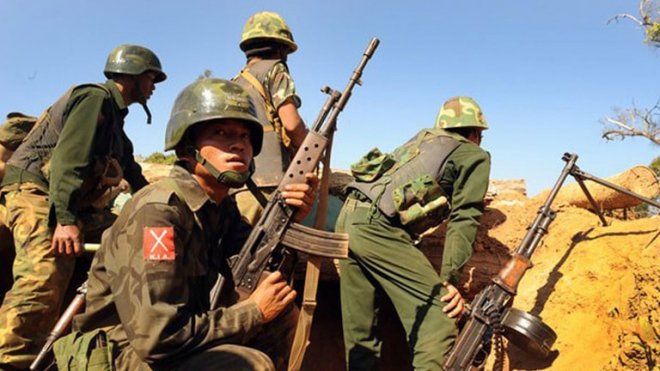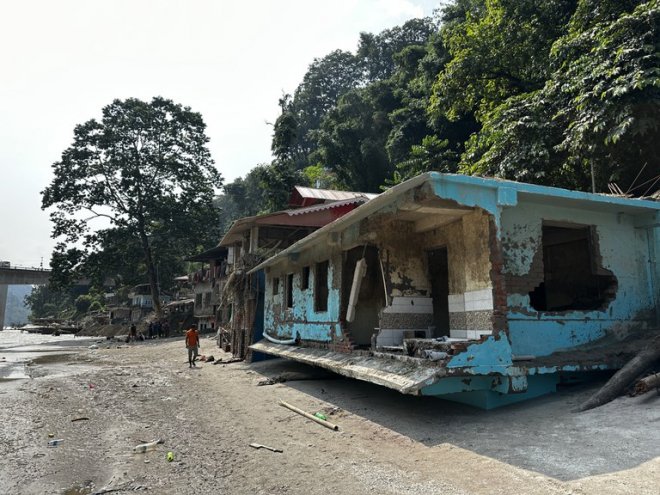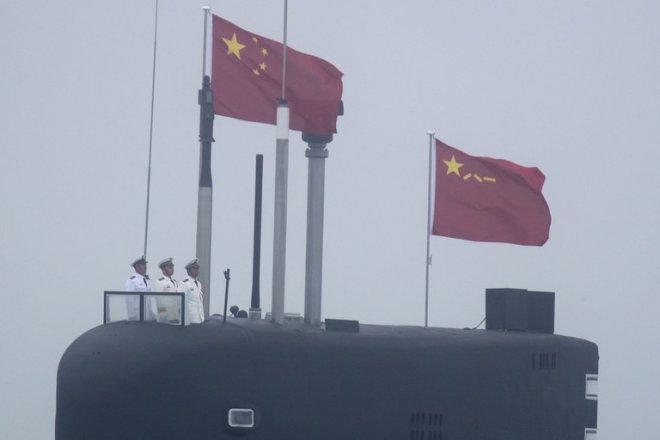China announces easing of COVID lockdowns in Tibet, but little change on the ground
Chinese authorities in Tibet’s regional capital of Lhasa have announced a partial easing of restrictions aimed at slowing the spread of COVID-19, allowing some residents to return to work, but local sources say little has changed.
Meanwhile, in northwestern China’s Xinjiang region, quarantine measures have been extended to southern prefectures heavily populated by the region’s mostly Muslim Uyghurs.
Officials in Tibet have said that COVID restrictions are being relaxed in Lhasa, a Tibetan living in the area told RFA this week.
“For example, they say that persons arriving in the city from outside areas don’t have to quarantine, that quarantine periods themselves are being reduced, and that many people are returning to work,” the source said.
However, strict lockdowns remain in force in certain areas, RFA’s source said, speaking on condition of anonymity for security reasons.
“In the Toelung area of Lhasa, restrictions related to COVID are still in place,” he said. “People are still kept under lockdown and have no income to buy food or other daily necessities.”
Also speaking to RFA, a second Tibetan source confirmed the continuing lockdown in Toelung, a county in the large Lhasa municipality, and at the large Drepung monastery outside the city.
“The Chinese government is still sending people to quarantine shelters, whether they show symptoms of infection or not, and residents are allowed to shop only in the stores closest to their homes,” the source said. “They are not allowed to travel any farther than that.”
Though authorities say that restrictions are being relaxed in Lhasa, many people are still not allowed to go to work, the source said, also requesting anonymity in order to speak freely.
“It has therefore been really hard for the public to endure these difficulties,” he added.
China’s government says that no new COVID cases have recently been reported in Lhasa, and that city residents are now free to go about their daily lives, the source said.
“And though official reports say that only 18,692 COVID cases have been recorded in the Tibet Autonomous Region, those numbers are not correct,” he said. “Lhasa city has a population of about 80,000, and around 35,000 people have been sent to lockdown shelters, even if they showed no symptoms of infection.”
“So I’m sure that the numbers of actual cases are far greater than reported,” he said.
New lockdowns in Xinjiang
Authorities in the northwestern Xinjiang Uyghur Autonomous Region, or XUAR, are meanwhile extending areas under lockdown from the region’s north, where harsh restrictions were put in place beginning in August to prefectures in the south, sources say.
Speaking at a Nov. 14 meeting addressing the spread of COVID in the region, Communist Party chief for Xinjiang Ma Xingrui said that the pandemic has now spread into the region’s southern areas of Kashgar, Hotan, Aksu and Korla.
“And there is a huge risk of it spreading now into other regions,” Ma said.
“The situation is still serious and complicated, and we have a huge responsibility,” he added. “We cannot relax even a little. We must clearly understand the complex demands involved in preventing the spread of COVID to the entire XUAR.”
Chinese officials imposed strict lockdowns in Xinjiang in August and September that locals said resulted in the deaths of some Uyghurs from starvation and a lack of medical care, with authorities detaining 600 Uyghurs from a village in Ghulja in the northern part of Xinjiang after they protested the lockdown.
Prior to the protest, state-run Xinjiang TV had warned residents that they would be arrested for separatism, a charge often used to detain Uyhgurs, if they “spread rumors” about a COVID outbreak in the area.
Videos posted by Uyghurs on the Chinese social media platforms Duoyin and TikTok show a continuing mass quarantine of Uyghurs, especially in the region’s south, in large compounds being built outside of major cities.
Translated by Tenzin Dickyi for RFA Tibetan and Alim Seytoff for RFA Uyghur. Written in English by Rick Finney. Edited by Malcolm Foster.
[圖擷取自網路,如有疑問請私訊]
Meanwhile, in northwestern China’s Xinjiang region, quarantine measures have been extended to southern prefectures heavily populated by the region’s mostly Muslim Uyghurs.
Officials in Tibet have said that COVID restrictions are being relaxed in Lhasa, a Tibetan living in the area told RFA this week.
“For example, they say that persons arriving in the city from outside areas don’t have to quarantine, that quarantine periods themselves are being reduced, and that many people are returning to work,” the source said.
However, strict lockdowns remain in force in certain areas, RFA’s source said, speaking on condition of anonymity for security reasons.
“In the Toelung area of Lhasa, restrictions related to COVID are still in place,” he said. “People are still kept under lockdown and have no income to buy food or other daily necessities.”
Also speaking to RFA, a second Tibetan source confirmed the continuing lockdown in Toelung, a county in the large Lhasa municipality, and at the large Drepung monastery outside the city.
“The Chinese government is still sending people to quarantine shelters, whether they show symptoms of infection or not, and residents are allowed to shop only in the stores closest to their homes,” the source said. “They are not allowed to travel any farther than that.”
Though authorities say that restrictions are being relaxed in Lhasa, many people are still not allowed to go to work, the source said, also requesting anonymity in order to speak freely.
“It has therefore been really hard for the public to endure these difficulties,” he added.
China’s government says that no new COVID cases have recently been reported in Lhasa, and that city residents are now free to go about their daily lives, the source said.
“And though official reports say that only 18,692 COVID cases have been recorded in the Tibet Autonomous Region, those numbers are not correct,” he said. “Lhasa city has a population of about 80,000, and around 35,000 people have been sent to lockdown shelters, even if they showed no symptoms of infection.”
“So I’m sure that the numbers of actual cases are far greater than reported,” he said.
New lockdowns in Xinjiang
Authorities in the northwestern Xinjiang Uyghur Autonomous Region, or XUAR, are meanwhile extending areas under lockdown from the region’s north, where harsh restrictions were put in place beginning in August to prefectures in the south, sources say.
Speaking at a Nov. 14 meeting addressing the spread of COVID in the region, Communist Party chief for Xinjiang Ma Xingrui said that the pandemic has now spread into the region’s southern areas of Kashgar, Hotan, Aksu and Korla.
“And there is a huge risk of it spreading now into other regions,” Ma said.
“The situation is still serious and complicated, and we have a huge responsibility,” he added. “We cannot relax even a little. We must clearly understand the complex demands involved in preventing the spread of COVID to the entire XUAR.”
Chinese officials imposed strict lockdowns in Xinjiang in August and September that locals said resulted in the deaths of some Uyghurs from starvation and a lack of medical care, with authorities detaining 600 Uyghurs from a village in Ghulja in the northern part of Xinjiang after they protested the lockdown.
Prior to the protest, state-run Xinjiang TV had warned residents that they would be arrested for separatism, a charge often used to detain Uyhgurs, if they “spread rumors” about a COVID outbreak in the area.
Videos posted by Uyghurs on the Chinese social media platforms Duoyin and TikTok show a continuing mass quarantine of Uyghurs, especially in the region’s south, in large compounds being built outside of major cities.
Translated by Tenzin Dickyi for RFA Tibetan and Alim Seytoff for RFA Uyghur. Written in English by Rick Finney. Edited by Malcolm Foster.
[圖擷取自網路,如有疑問請私訊]
|
本篇 |
不想錯過? 請追蹤FB專頁! |
| 喜歡這篇嗎?快分享吧! |
相關文章
AsianNewsCast








